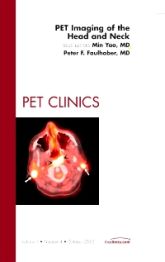PET Imaging of the Head and Neck, An Issue of PET Clinics, 1st Edition
Authors :
Min Yao & Peter F. Faulhaber
PET/CT is an integral part of the evaluation of patients who have head and neck cancer. In this issue, the state of the art in PET/CT imaging is discussed. The issue starts with an overview of FDG-PET/CT, PET and MRI for normal anatomy, including pit
...view more
PET/CT is an integral part of the evaluation of patients who have head and neck cancer. In this issue, the state of the art in PET/CT imaging is discussed. The issue starts with an overview of FDG-PET/CT, PET and MRI for normal anatomy, including pitfalls and artifacts. This topic is followed by a review of FDG-PET/CT for initial and subsequent therapy evaluation; progressing to PET and MRI. Other articles discuss SUV as a prognostic factor in head and neck squamous cell carcinoma, PET in head and neck cancer radiotherapy treatment planning, PET in decision making for neck dissection after radiation treatment, and newer methods for improving yield from FDG-PET imaging for accurate staging, determining tumor biology, and assessing prognosis. The issue focuses on some of the most cutting-edge applications, such as new tracers PET in head and neck squamous cell carcinoma (including FLT and hypoxia imaging). PET scans in thyroid cancer is also discussed.
Your discount code here : #FB456
PRINT ON DEMAND - DELIVERY CAN TAKE UP TO 10 DAYS
PET/CT is an integral part of the evaluation of patients who have head and neck cancer. In this issue, the state of the art in PET/CT imaging is discussed. The issue starts with an overview of FDG-PET/CT, PET and MRI for normal anatomy, including pitfalls and artifacts. This topic is followed by a review of FDG-PET/CT for initial and subsequent therapy evaluation; progressing to PET and MRI. Other articles discuss SUV as a prognostic factor in head and neck squamous cell carcinoma, PET in head and neck cancer radiotherapy treatment planning, PET in decision making for neck dissection after radiation treatment, and newer methods for improving yield from FDG-PET imaging for accurate staging, determining tumor biology, and assessing prognosis. The issue focuses on some of the most cutting-edge applications, such as new tracers PET in head and neck squamous cell carcinoma (including FLT and hypoxia imaging). PET scans in thyroid cancer is also discussed.
Author Information
By Min Yao, MD, Case Medical Center, Cleveland, OH and Peter F. Faulhaber, MD, Case Medical Center, Cleveland, OH
| ISBN Number | 9781455748877 |
|---|---|
| Main Author | By Min Yao, MD and Peter F. Faulhaber, MD |
| Copyright Year | 2012 |
| Edition Number | 1 |
| Format | Book |
| Trim | 178w x 254h |
| Imprint | Saunders |
| Page Count | 240 |
| Publication Date | 7 Oct 2012 |
| Stock Status | IN STOCK - This may take up to 5 business days to ship |
Write Your Own Review
Only registered users can write reviews. Please sign in or create an account
product
https://www.us.elsevierhealth.com/pet-imaging-of-the-head-and-neck-an-issue-of-pet-clinics-9781455748877.html
6924
PET Imaging of the Head and Neck, An Issue of PET Clinics
https://www.us.elsevierhealth.com/media/catalog/product/9/7/9781455748877.jpg
79.19
98.99
USD
InStock
/Medicine/Radiology
/Clinics
/Clinics
42
4388725
5255041
PET/CT is an integral part of the evaluation of patients who have head and neck cancer. In this issue, the state of the art in PET/CT imaging is discussed. The issue starts with an overview of FDG-PET/CT, PET and MRI for normal anatomy, including pitfalls and artifacts. This topic is followed by a review of FDG-PET/CT for initial and subsequent therapy evaluation; progressing to PET and MRI. Other articles discuss SUV as a prognostic factor in head and neck squamous cell carcinoma, PET in head and neck cancer radiotherapy treatment planning, PET in decision making for neck dissection after radiation treatment, and newer methods for improving yield from FDG-PET imaging for accurate staging, determining tumor biology, and assessing prognosis. The issue focuses on some of the most cutting-edge applications, such as new tracers PET in head and neck squamous cell carcinoma (including FLT and hypoxia imaging). PET scans in thyroid cancer is also discussed. PET/CT is an integral part of the evaluation of patients who have head and neck cancer. In this issue, the state of the art in PET/CT imaging is discussed. The issue starts with an overview of FDG-PET/CT, PET and MRI for normal anatomy, including pitfalls and artifacts. This topic is followed by a review of FDG-PET/CT for initial and subsequent therapy evaluation; progressing to PET and MRI. Other articles discuss SUV as a prognostic factor in head and neck squamous cell carcinoma, PET in head and neck cancer radiotherapy treatment planning, PET in decision making for neck dissection after radiation treatment, and newer methods for improving yield from FDG-PET imaging for accurate staging, determining tumor biology, and assessing prognosis. The issue focuses on some of the most cutting-edge applications, such as new tracers PET in head and neck squamous cell carcinoma (including FLT and hypoxia imaging). PET scans in thyroid cancer is also discussed.
0
0
add-to-cart
9781455748877
2012
Professional
By Min Yao, MD and Peter F. Faulhaber, MD
2012
1
Book
178w x 254h
Saunders
240
Oct 7, 2012
IN STOCK - This may take up to 5 business days to ship
By <STRONG>Min Yao</STRONG>, MD, Case Medical Center, Cleveland, OH and <STRONG>Peter F. Faulhaber</STRONG>, MD, Case Medical Center, Cleveland, OH
Clinics
Clinics
The Clinics: Radiology
No
No
No
No
Please Select
Please Select
Please Select
Related Products
-
30% OFF
 Flash Cards
Flash Cards
-
25% OFF
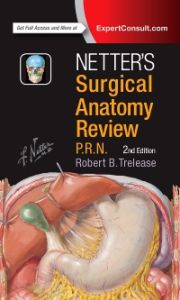 Book
Book
-
25% OFF
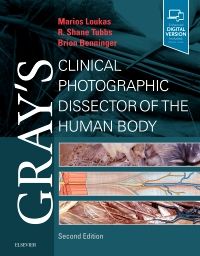 Book
Gray's Clinical Photographic Dissector of the Human Body
Book
Gray's Clinical Photographic Dissector of the Human BodyMarios Loukas
Oct 2018
Special Price $56.24 $74.99 -
20% OFF
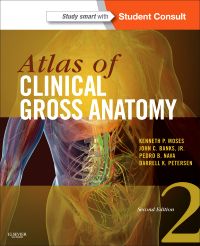 Book
Book
-
25% OFF
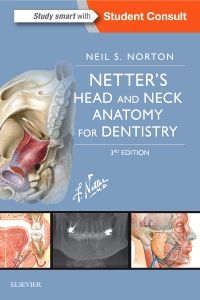 Book
Book
-
25% OFF
 Book
Book
-
30% OFF
 Flash Cards
Flash Cards
-
20% OFF
 Online Resource
Netter's Dissection Video Modules (Retail Access Card)
Online Resource
Netter's Dissection Video Modules (Retail Access Card)and Frank H. Netter
Oct 2015
Special Price $144.79 $180.99 -
25% OFF
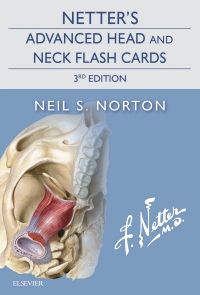 Flash Cards
Flash Cards
-
25% OFF
 Book
Book


